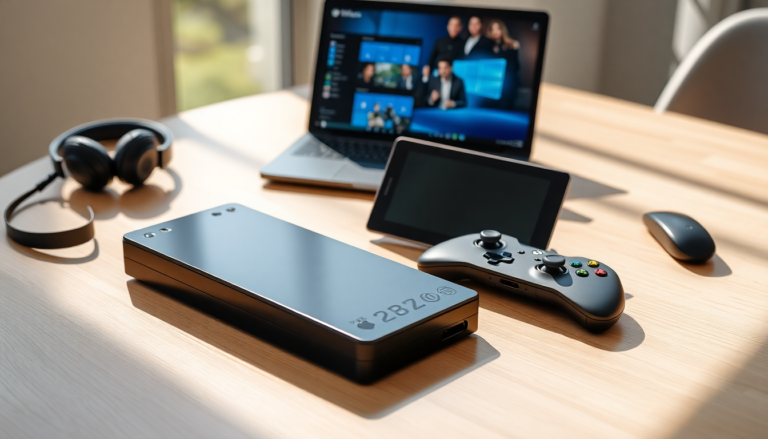Argomenti trattati
In a world where the lines between gaming systems are blurring faster than a teenager’s hormonal impulses, Microsoft has decided to jump into the handheld gaming arena with its new ROG Xbox Ally and Xbox Ally X. But wait, are we seriously calling these devices Xbox handhelds, or is this just another shameless attempt to market a glorified PC? One would think that with all the resources at Microsoft’s disposal, they could come up with something truly innovative rather than attempting to shove Windows 11 into a handheld shell and slapping an Xbox logo on it.
What are these new devices really about?
Microsoft’s latest offering is a pair of handhelds that look like they were pulled straight from an Xbox-themed dream. The ROG Xbox Ally and its sibling, the Ally X, boast traditional Xbox controls and branding plastered everywhere. But here’s the kicker: they run on Windows 11. Ah, yes, the irony! So, if it walks like a duck and quacks like a duck, does that make it an Xbox? Or are we just watching a corporate sleight of hand where PC gaming is being paraded around in a console’s clothing?
Let’s break it down. These devices are essentially rebranded ASUS ROG handhelds, equipped with AMD processors that offer varying performance levels. The Ally X flaunts a Z2 Extreme chip with 16 GPU cores and a 1080p screen that promises a refresh rate that’ll make even the most demanding gamers drool. Meanwhile, the standard Ally, with its Z2 A chip, is more of a middle-of-the-road option, struggling to keep up with its more powerful sibling. So, is it Xbox? Or just a feeble imitation of what handheld gaming could be?
Specs that might just make you raise an eyebrow
The specs on the ROG Xbox Ally X look impressive on paper: 24 GB of memory, 1 TB of fast storage, and an 80 Whr battery that could potentially keep the device alive longer than your last relationship. But let’s not kid ourselves—this is still a Windows PC in disguise. The real question is whether the gaming experience translates to handheld form. After all, it’s not about the numbers; it’s about how it performs in the real world when you’re knee-deep in an online match.
The standard Ally, however, appears to be a bit of a letdown. With only 16 GB of RAM and a chip that’s barely competitive, it’s like bringing a knife to a gunfight. Sure, it has cloud gaming capabilities, but is that really what we’re aiming for? To rely on a connection to keep the dream alive? If Microsoft wants to claim these devices as the next big thing in handheld gaming, they better step up their game and deliver something that doesn’t leave players feeling like they’re settling for second best.
The gaming experience: A mishmash of features
What’s touted as an Xbox experience in handheld form is largely about a new UI that supposedly offers quick access to your game library and Game Pass. But let’s be real—didn’t we just go through the same song and dance with Windows? It’s like they took Game Bar and threw it into a blender with a few Xbox features, and voilà! You’ve got a UI that’s good enough for the marketing team but may leave gamers wanting more.
Microsoft insists it has streamlined Windows 11 for these devices, but if past performance is anything to go by, we’ll be seeing more hiccups than a drunk at a wedding. The Lenovo Legion Go S has shown that SteamOS can outperform Windows in many cases, and that should send shivers down Microsoft’s spine. Can they really claim superiority when another OS is kicking their butt in the handheld market?
Is this the future of handheld gaming?
With the push towards cloud gaming and cross-platform play, the landscape is shifting. Microsoft’s approach seems to lean heavily on integrating the Xbox ecosystem across platforms, but will it truly resonate with gamers? Or are we simply watching a tech giant trying to monopolize the market while Valve quietly gathers steam with its Steam Deck? As Valve expands SteamOS, the competition is heating up. After all, if they can make a handheld that runs better than Windows, how long before players start flocking away from Microsoft’s offerings?
In the grand scheme, the Xbox Ally and Ally X may just be a footnote in gaming history. They’re not groundbreaking; they’re not revolutionary. They’re merely a response to a market that’s evolving faster than Microsoft can keep up with. So buckle up, gamers. The battle for handheld supremacy is just beginning, and it’s going to be a wild ride.

